If you used the Windows operating system in the past, you surely remember frequently visiting the Task Manager using the keyboard shortcut Ctrl + Alt + Delete. In this Task Manager, you could view all processors, performance claim and other information related to your operating system. A similar utility is also available in macOS, but it is not called Task Manager, but Activity Monitor. In this article, we'll look at three commands to activate the hidden features of Activity Monitor.
It could be interest you

How to use Terminal?
The entire process of activating hidden commands will take place in the application Terminal. You can find it in macOS v applications, and in the folder utilities, alternatively you can open it with Spotlight (Command + Spacebar or magnifying glass at the top right of the screen). As soon as you open the Terminal, a small window will appear on your screen, into which you can enter commands designed to perform various system actions. Commands that you would use to change application settings Activity monitor in macOS could be useful, you will find below.
Displaying the main menu after startup
If you are moving somewhere within the Activity Monitor and then close the application, the next time you start it, you will appear on the page you were on before closing the application. This may not be the right thing for some users, so there is a way to make it work after launch Activity monitor always appears main menu. To activate this function, si copy paste a Activate with enter v terminal command, which I am attaching below.
defaults write com.apple.ActivityMonitor OpenMainWindow -bool true
Visualization of the processor instead of the classic icon
If the Activity Monitor application is running, its classic icon appears in the Dock. But what if I told you that this icon can change to visualize your macOS device's CPU usage? This means that every time the Activity Monitor is turned on, in the Dock instead of the classic icon will display graph showing CPU activity. If you want to activate this function, open it Terminal a insert a Press Enter to confirm the command, which I am attaching below.
defaults write com.apple.ActivityMonitor IconType -int 5
View all processes
Apple protects users from using the Activity Monitor to turn off any command that could cause the system to behave incorrectly or crash completely. However, professional users know what to do, so they might want Activity Monitor to show up absolutely all processes, which run on the Mac, and not just the "classic" ones. If you want a list of all processes to appear in the Activity Monitor, so be it copy paste a activate v terminal command, which I am attaching below.
defaults write com.apple.ActivityMonitor ShowCategory -int 0

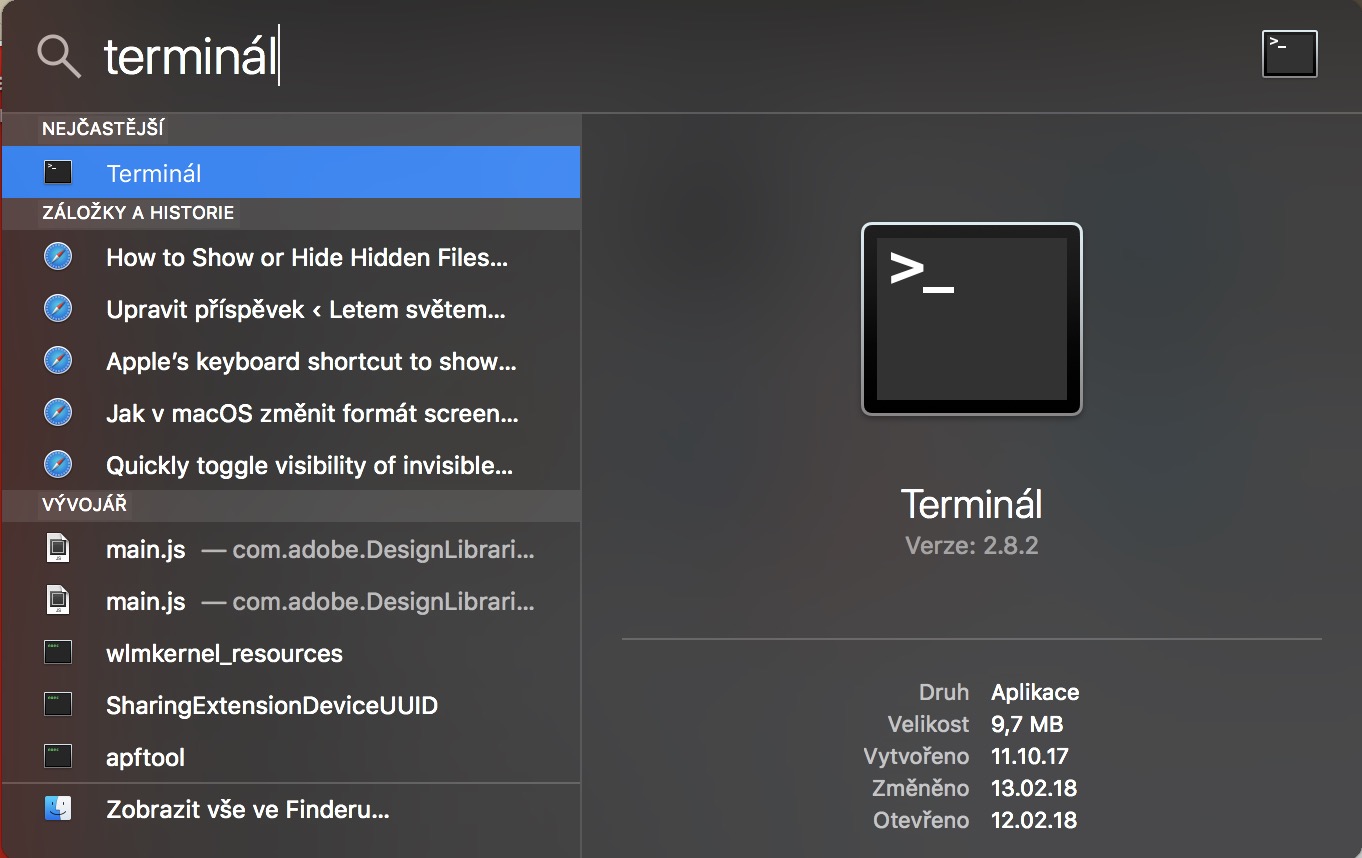
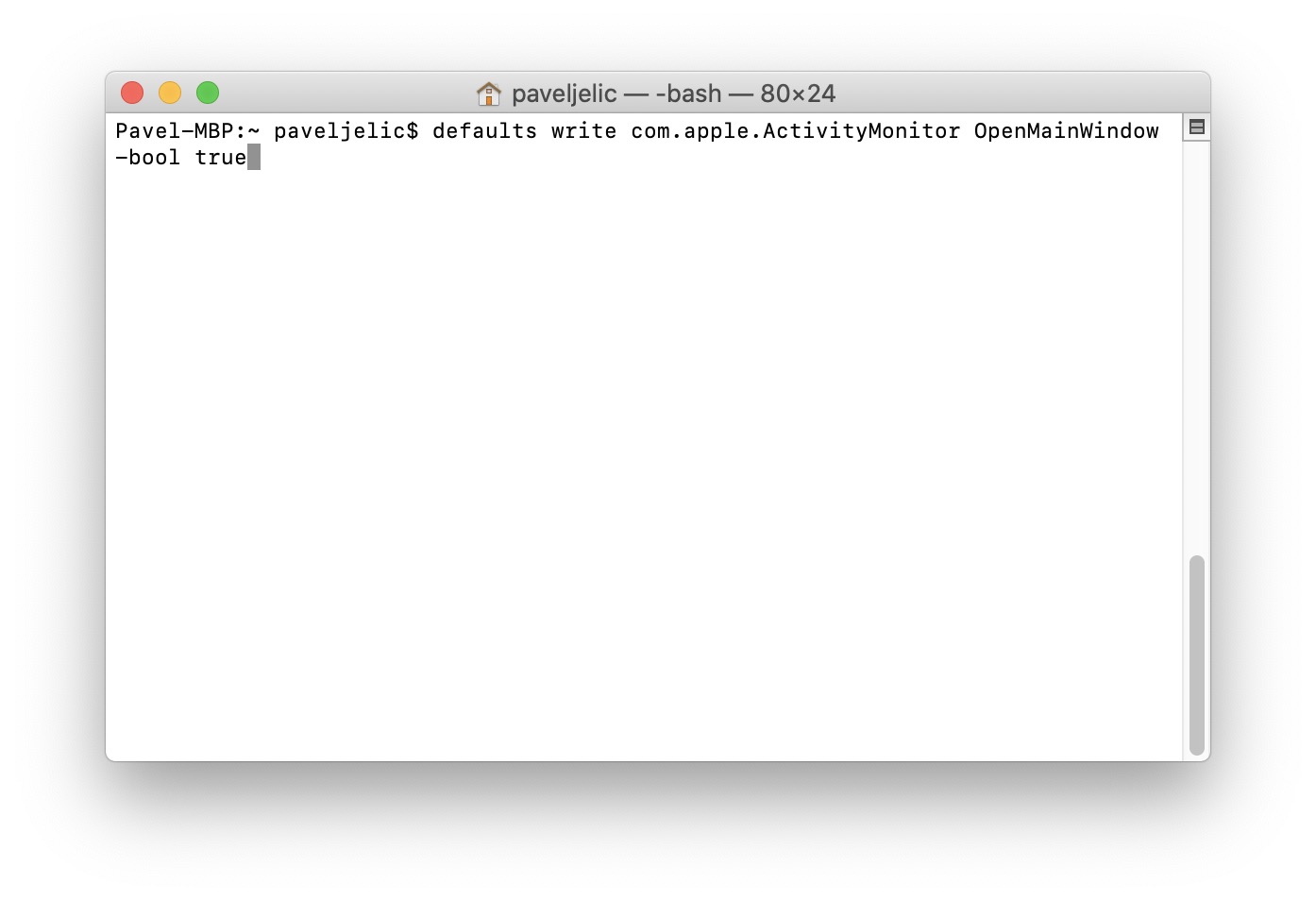
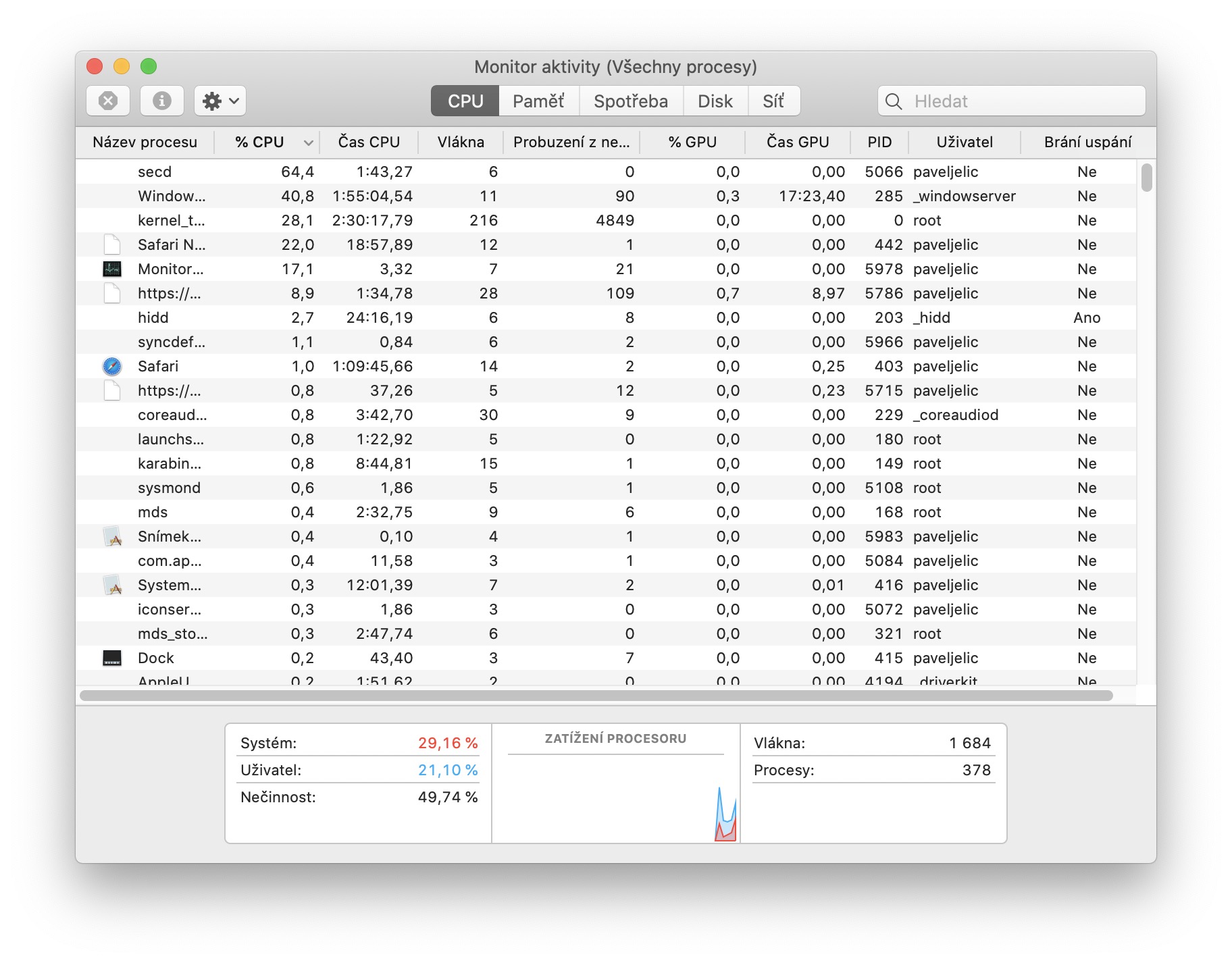
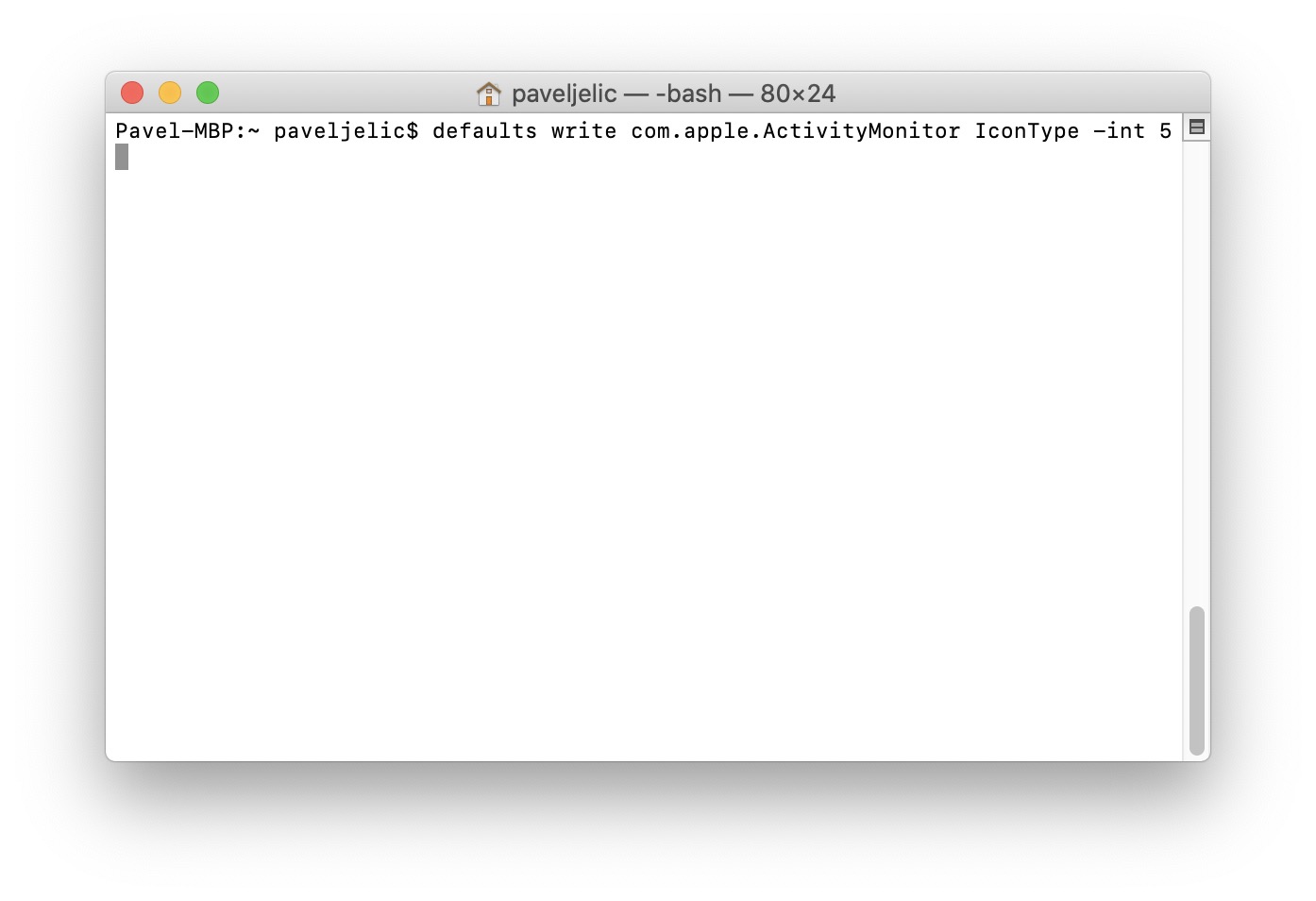
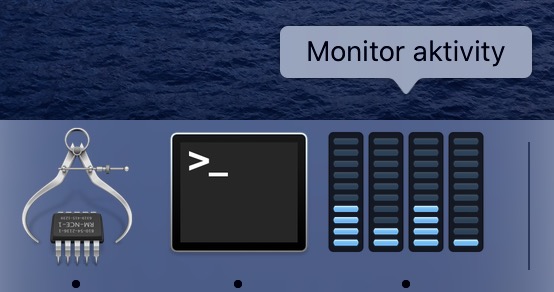

But the visualization of processor activity can be set in the "View/Dock icon/Show CPU usage" menu, so where's Terminal???? http://leteckaposta.cz/712295361
.. not ancho, but why?